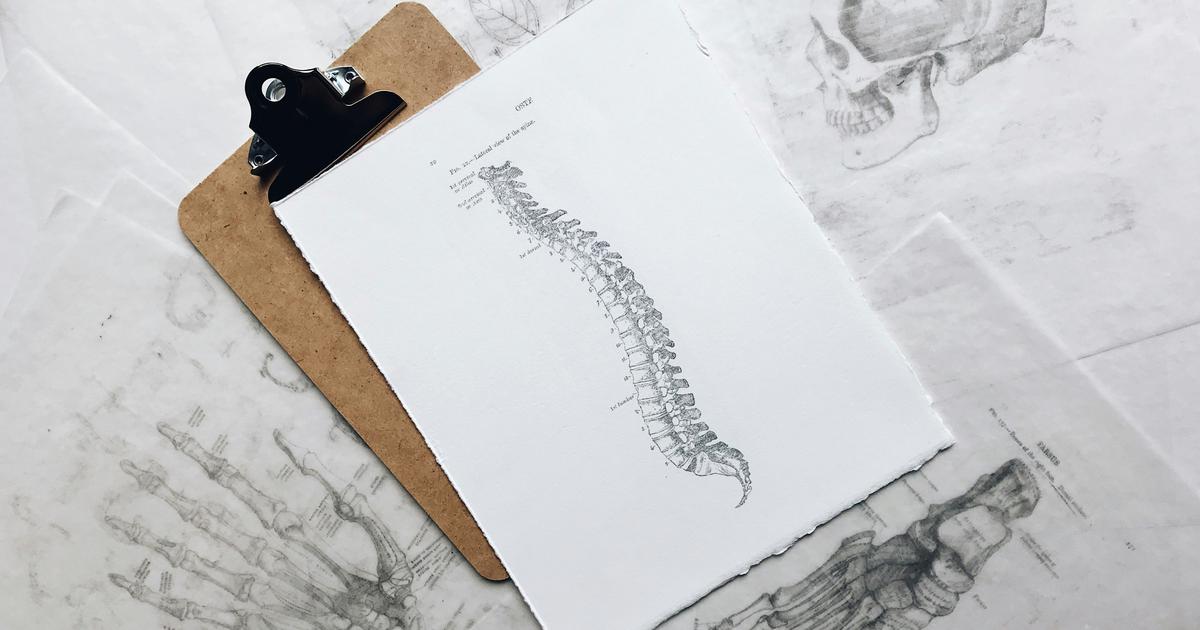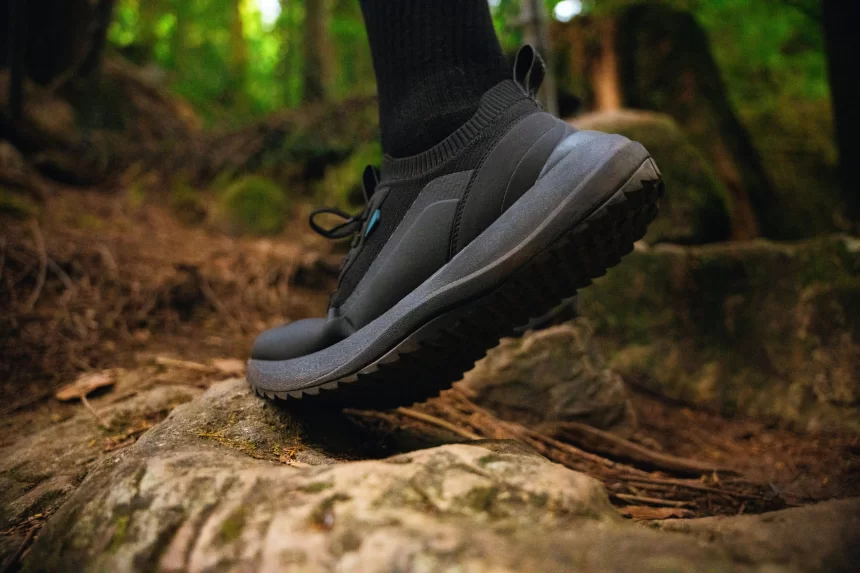How changes in the natural curves of the spine can lead to health problems

Join our WhatsApp Community to receive travel deals, free stays, and special offers!
- Join Now -
Join our WhatsApp Community to receive travel deals, free stays, and special offers!
- Join Now -

Over 60% of us will suffer from lower back pain at some point in our lives. Without question, it’s the leading cause of disability across the globe.
Your spine is comprised of 33 bones known as vertebrae, which are stacked one on top of the other. The resulting column is divided into five segments: cervical (in the neck), thoracic (at the same level as the chest), lumbar (at the level of the abdomen) and sacral (connecting with the pelvis). The fifth, the coccyx, is located at the very bottom of the spine (the tailbone) – and is very painful when injured.
The vertebrae are connected by multiple joints, including discs which allow the spine to move in multiple directions. Though we might think the spine should appear straight, it naturally curves forward and backwards so it can perform all of its important functions.
But many conditions can cause the spine to curve more than it should. This can not only lead to pain, but potentially a whole host of other health troubles too.
Dowager’s hump
The spine also supports the weight of the body, protects the spinal cord and helps the body to bend, flex and twist. The thoracic region attaches to the ribs and naturally curves backwards – this curve is known as the thoracic kyphosis.
But sometimes,...
Read more
What's Your Reaction?
 Like
0
Like
0
 Dislike
0
Dislike
0
 Love
0
Love
0
 Funny
0
Funny
0
 Angry
0
Angry
0
 Sad
0
Sad
0
 Wow
0
Wow
0























































